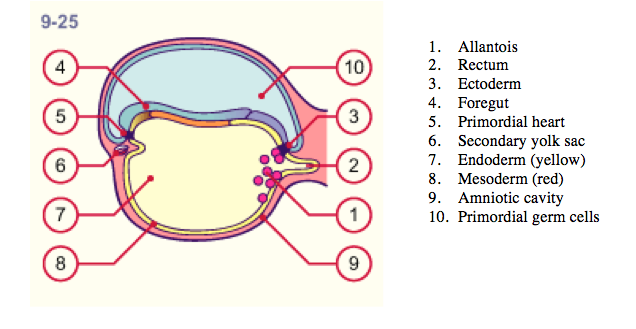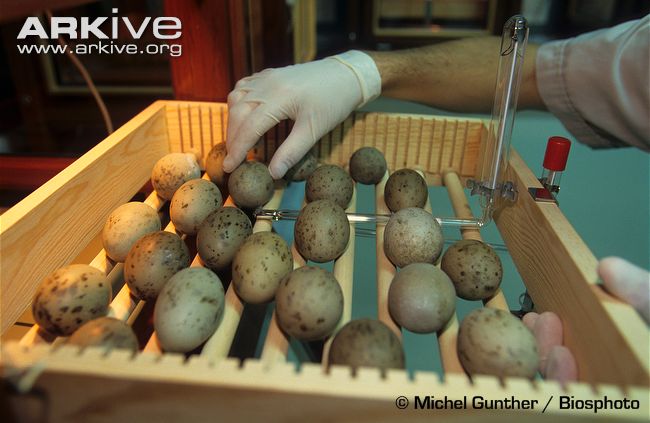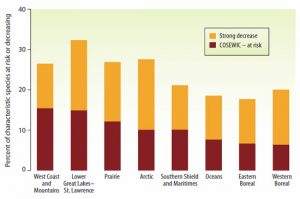Introduction
Gene editing is a controversial issue that has provided many people around the world with ethical debates. What if gene editing could provide the first step in saving and protecting bird species around the world? Currently, conservation of the worlds’ endangered species is an ongoing struggle. There are countless strategies produced to protect and increase populations, but many are expensive and strenuous work. Lead researcher Dr. Mike McGrew of the University of Edinburgh’s Roslin Institute and his team of fellow scientists have tried to eliminate these problems by producing gene modified hens’ by gene editing. After altering the genes of these hens, they can be used as surrogates to lay eggs of rare, endangered species. By increasing fertility, fecundity and genetic variability by gene editing, the strategy proceeds with an increasing amount of controversy. However, if accepted by society, this technique may hold the most potential to save endangered bird species around the world.
The gene editing technique called TALEN was used to delete a section of the chicken DNA. The gene DDX4, a crucial gene for bird fertility, was removed producing an unfertile hen. The gene DDX4 is essential in the generation of specialized cells called the primordial germ cells. In the third week of egg development, the primordial germ cells wander from the primary ectoderm into the yolk sac wall and collect near the exit of the allantois. This movement of primordial cells is crucial for the further development of the egg. By deleting this gene from the hen’s genome, the hen could no longer produce primordial cells and failed to bring their eggs to full term.
Without having any health impacts to the hen, the primordial germ cells from other breeds could potentially be implanted in the early developmental stages of the egg. The gene-modified surrogate hen would, therefore, develop these eggs with all the genetic information of the donor species. This implantation of other species DNA inside of a hen, which has no reproductive difficulties, could be the first step into preserving and reproducing endangered bird species.
Most bird species are currently being pressured into extinction due to the growing human population and the decline in available habitat. Ecosystems throughout the world are being destroyed for human infrastructure and agriculture. The extinction rate of wild animals and plants is constantly accelerating and has become a large issue among society. Reproducing endangered species with a low-cost organism may be the biggest, most important conservation tool discovered. Once population numbers increase by using the surrogate hens, the traditional management practices, legal protection, and habitat preservation will be more effective in maintaining a healthy population. Most problems with the form of conservation we use today are the slow reproduction rates or decreased fecundity of species within managed parks. Even in protected land, some species, like the California condor, have huge difficulty increasing population density. Currently, captive breeding is an expensive strategy with little genetic variability, which therefore may be outcompeted by the genetic modification of surrogate hens.
By using the knowledge of developmental biology, scientists may have just solved an increasing issue among endangered species. The gene DDX4 and TALEN technique may have the answer to the worlds decrease in avian species. Surrogate hens can solely increase the population numbers of a wide variety of birds using the stages of development as their weapon against extinction.




Recent Comments